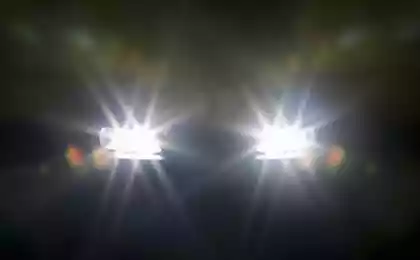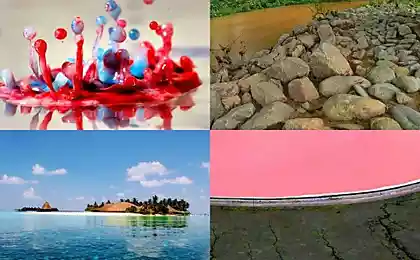1426
Chameleon changes color with the help of nanocrystals

Swiss researchers from the University of Geneva установили, how a chameleon changes color of their skin. It turned out that the animal uses a combined method of changing color. Pieces of his skin pigment have several colors, and at the same time it uses structural color to increase color options.
Until the late 20th century it was believed that all animals, able to change its color, use a mechanism permute painted in a different color (pigment) cells of the skin surface. Combining cells produce different colors and shades. However, a couple of decades ago, it was discovered that many creatures use the so-called structural color.
This mechanism is associated with features of light passing through a thin translucent film. When light falls on the film, some of it is reflected its upper layer, the part is inside and is reflected from the inside of the other side of the film. Output light interferes with the previously reflected radiation. The result depends on the overlay thickness and refractive index of the film. But under certain conditions, reflected from the film becomes white light color. Such a mechanism is successfully used by some butterflies, and, as it turned out, the chameleon.

wing butterfly under a microscope i>

The interference of light on the film i>
Do chameleons have initially colored cells (brown, red and yellow) and special cells with crystals inside that reflect and refract light. Specially tensing and relaxing the skin, they rearrange the position of the crystal so that the light output to get the desired color. Besides, in the deep subcutaneous, scientists have found the cell with the large crystals. Apparently, this layer helps animals to reflect infrared radiation, keeping the temperature under the hot tropical sun.
Source: geektimes.ru/post/247138/























